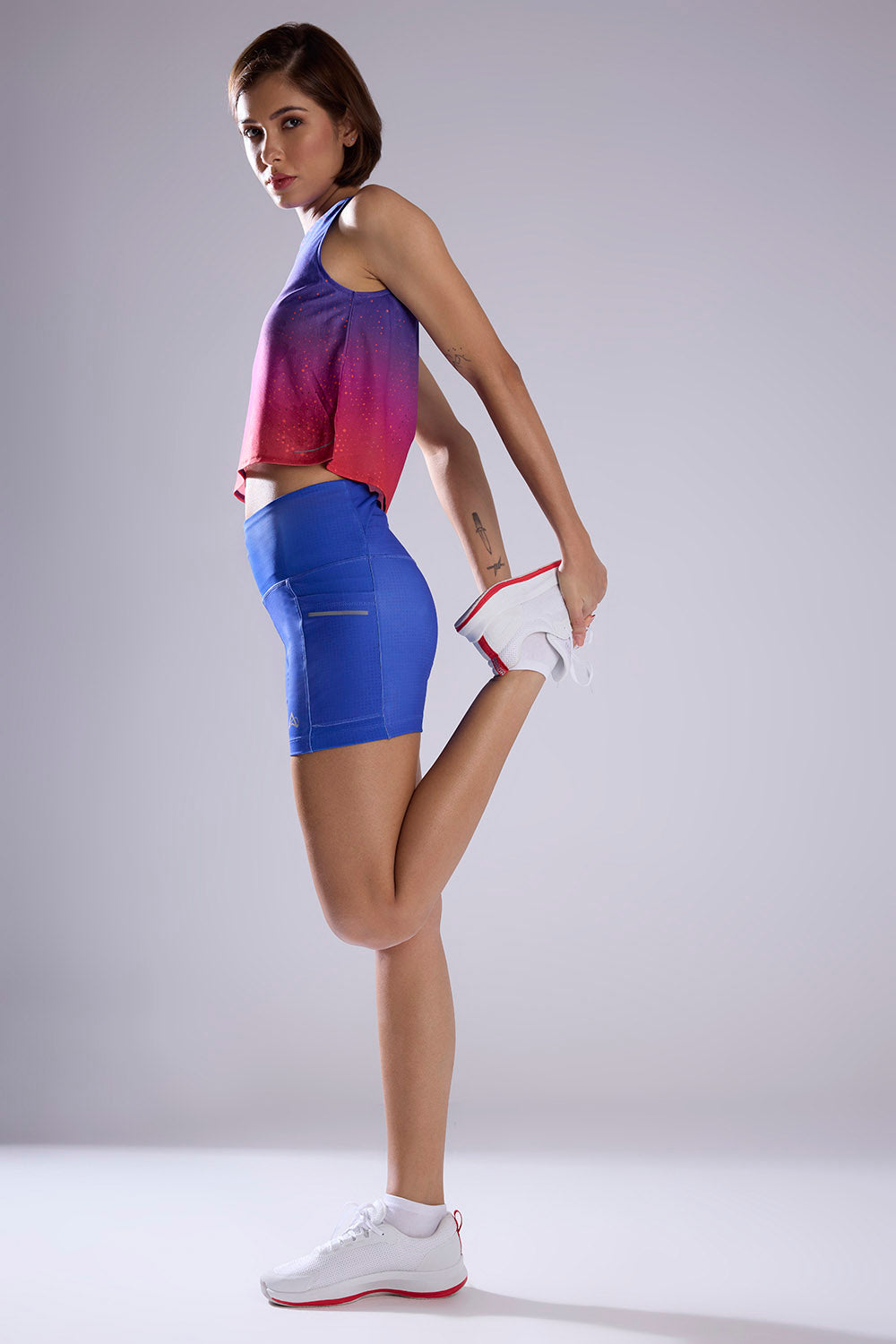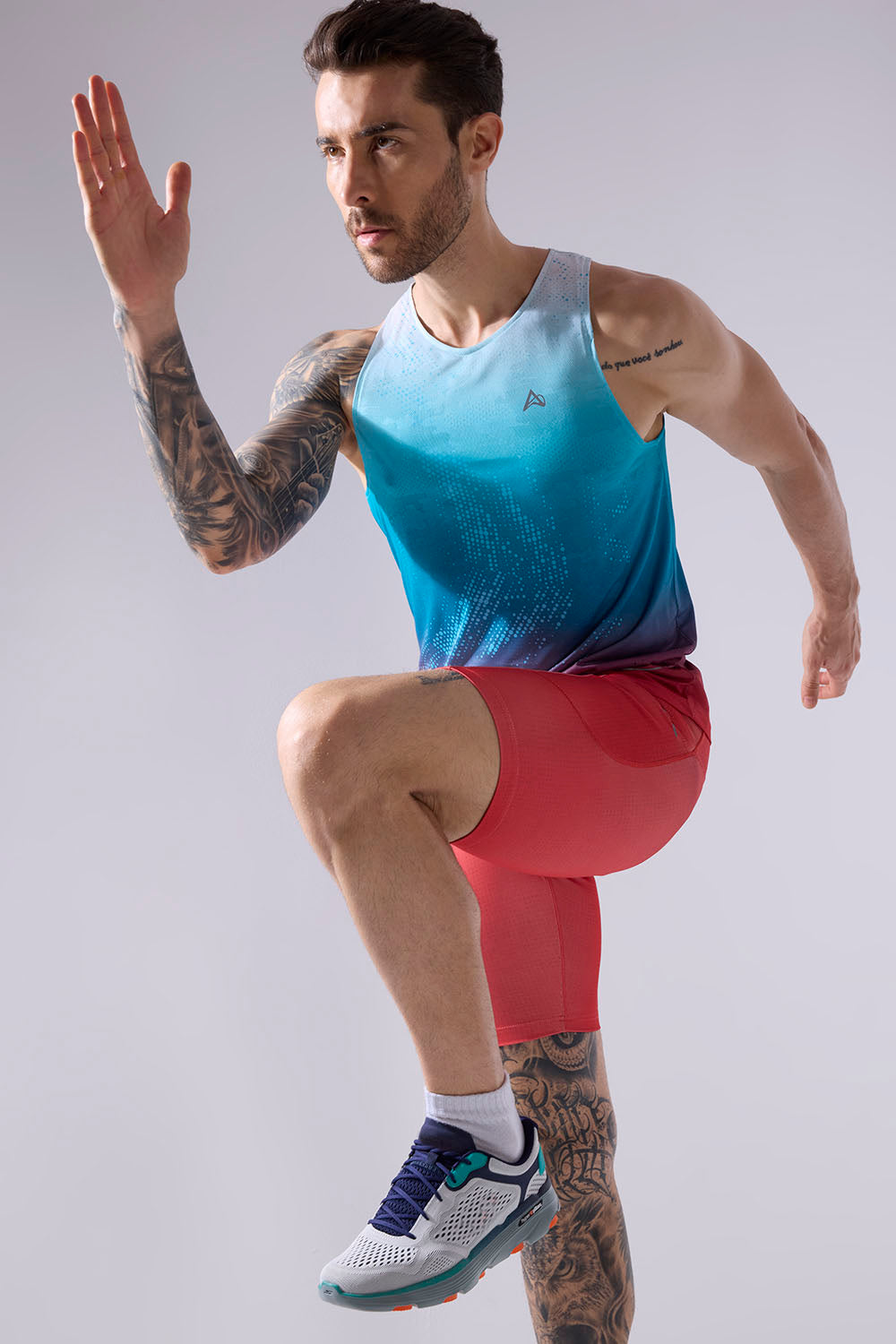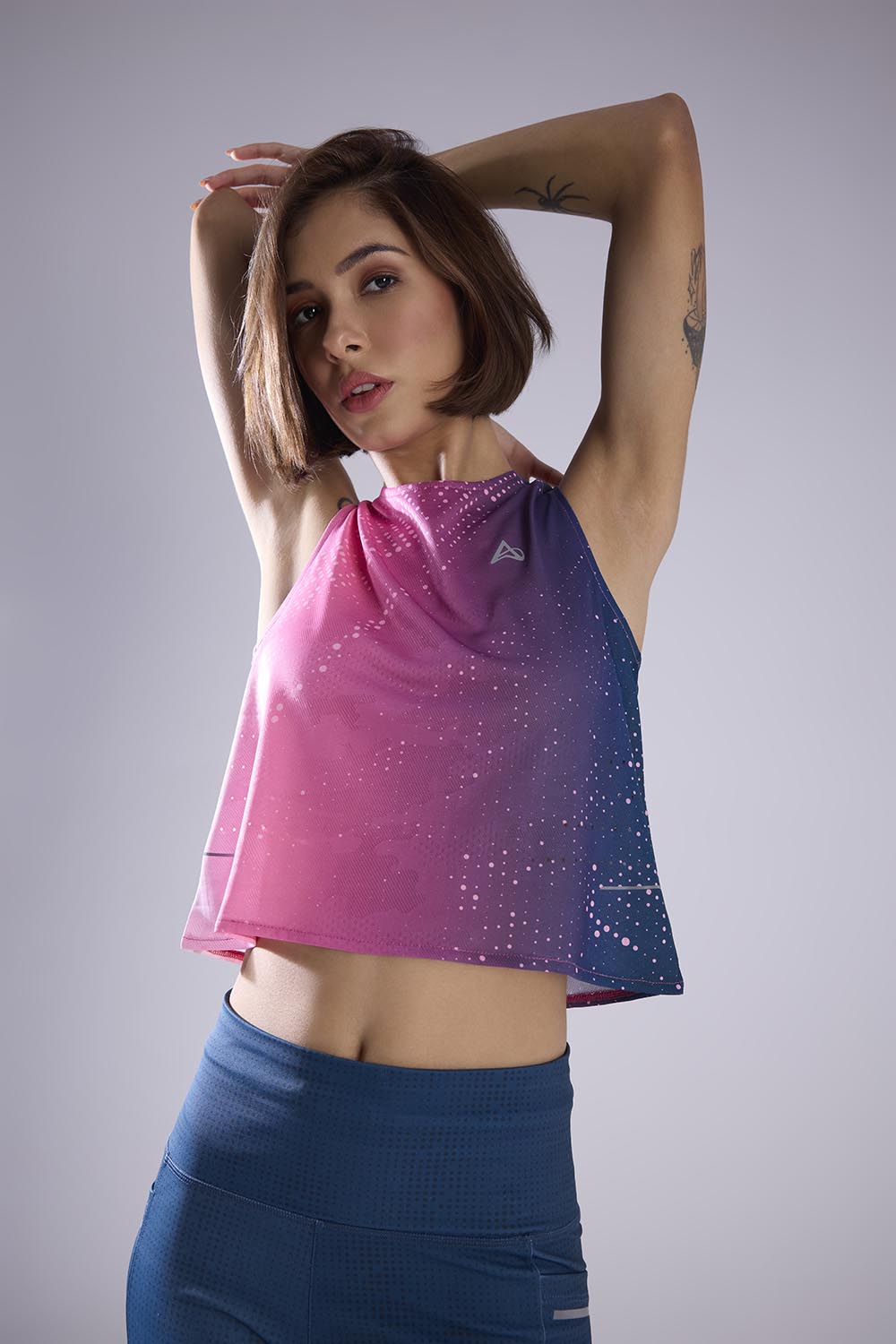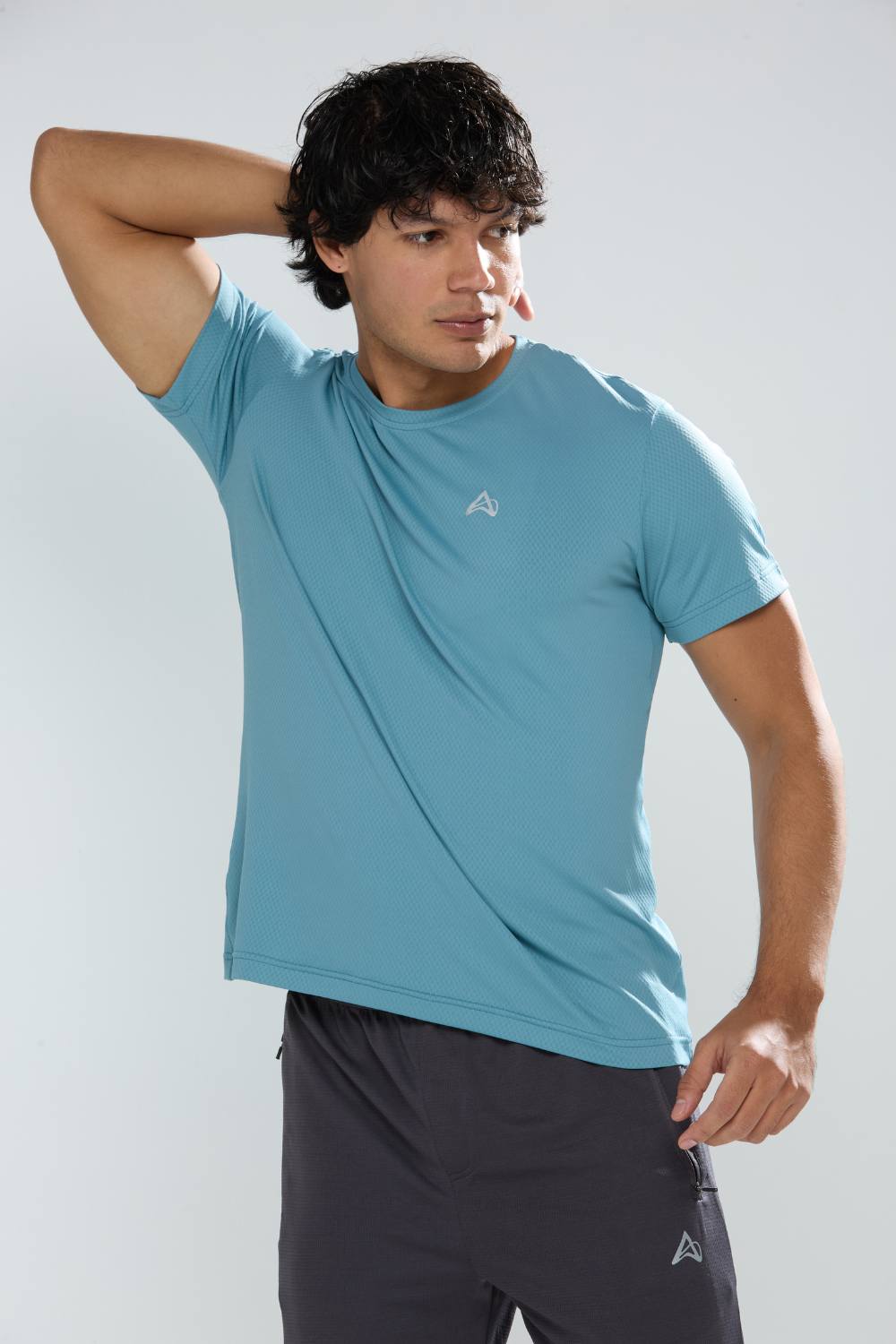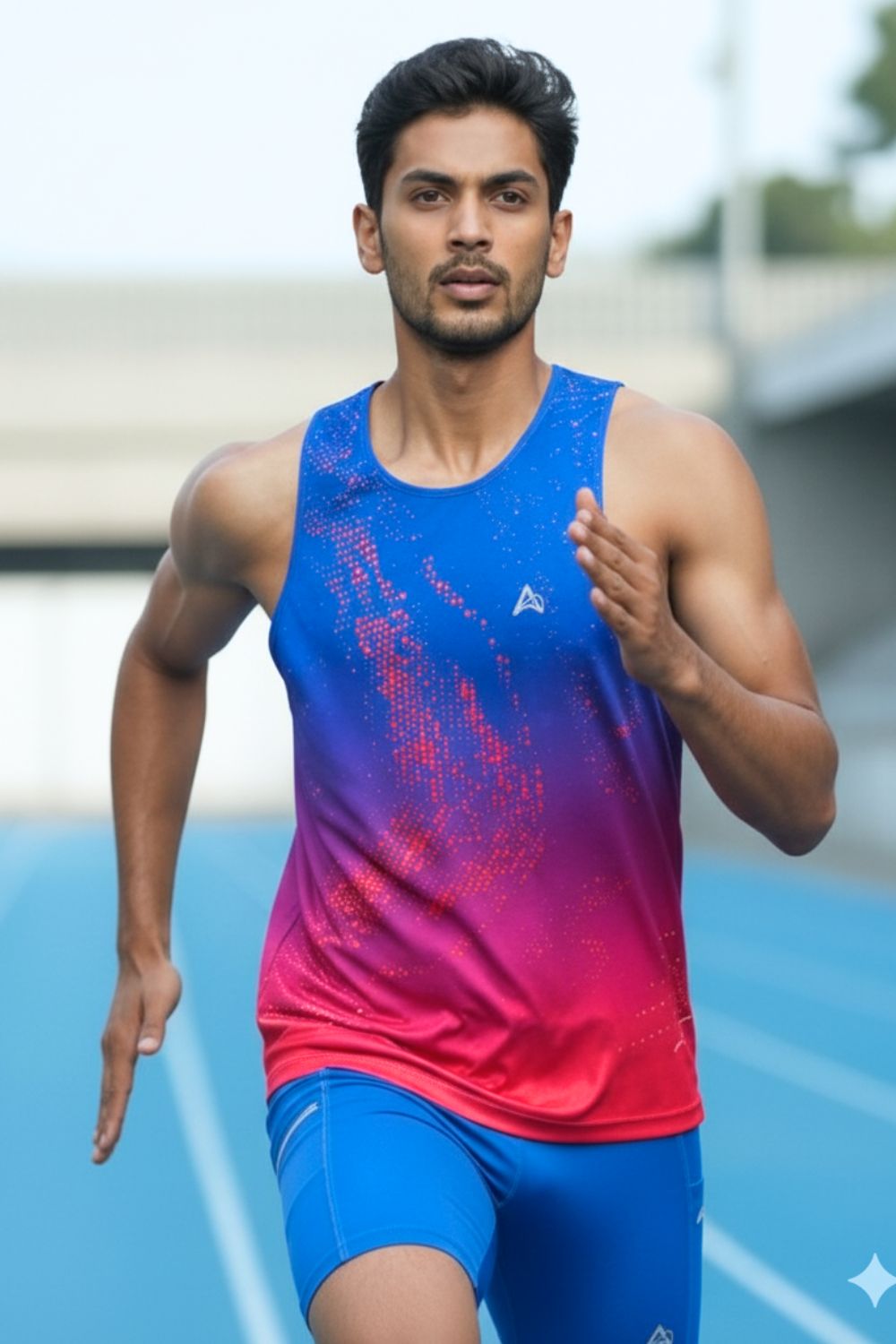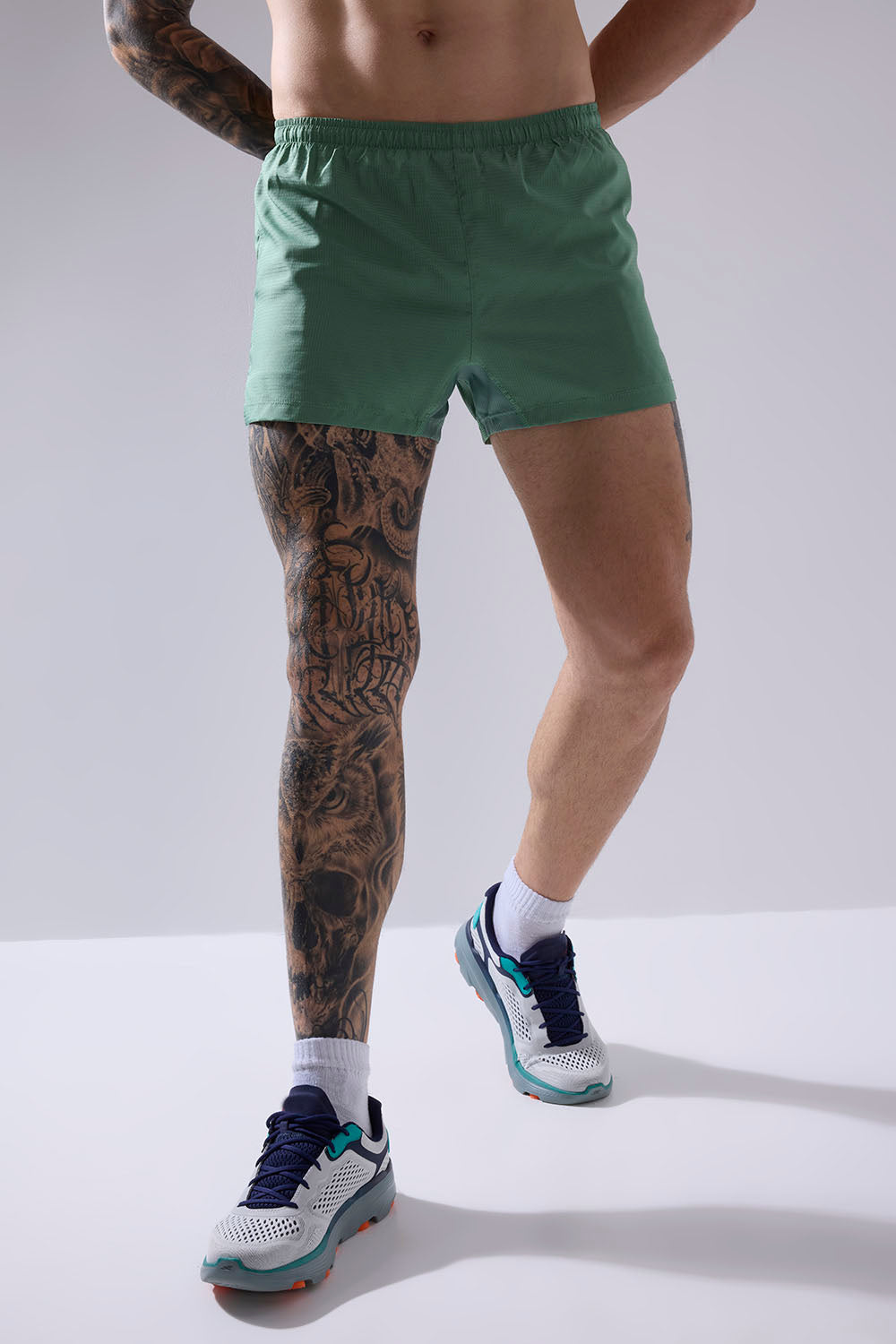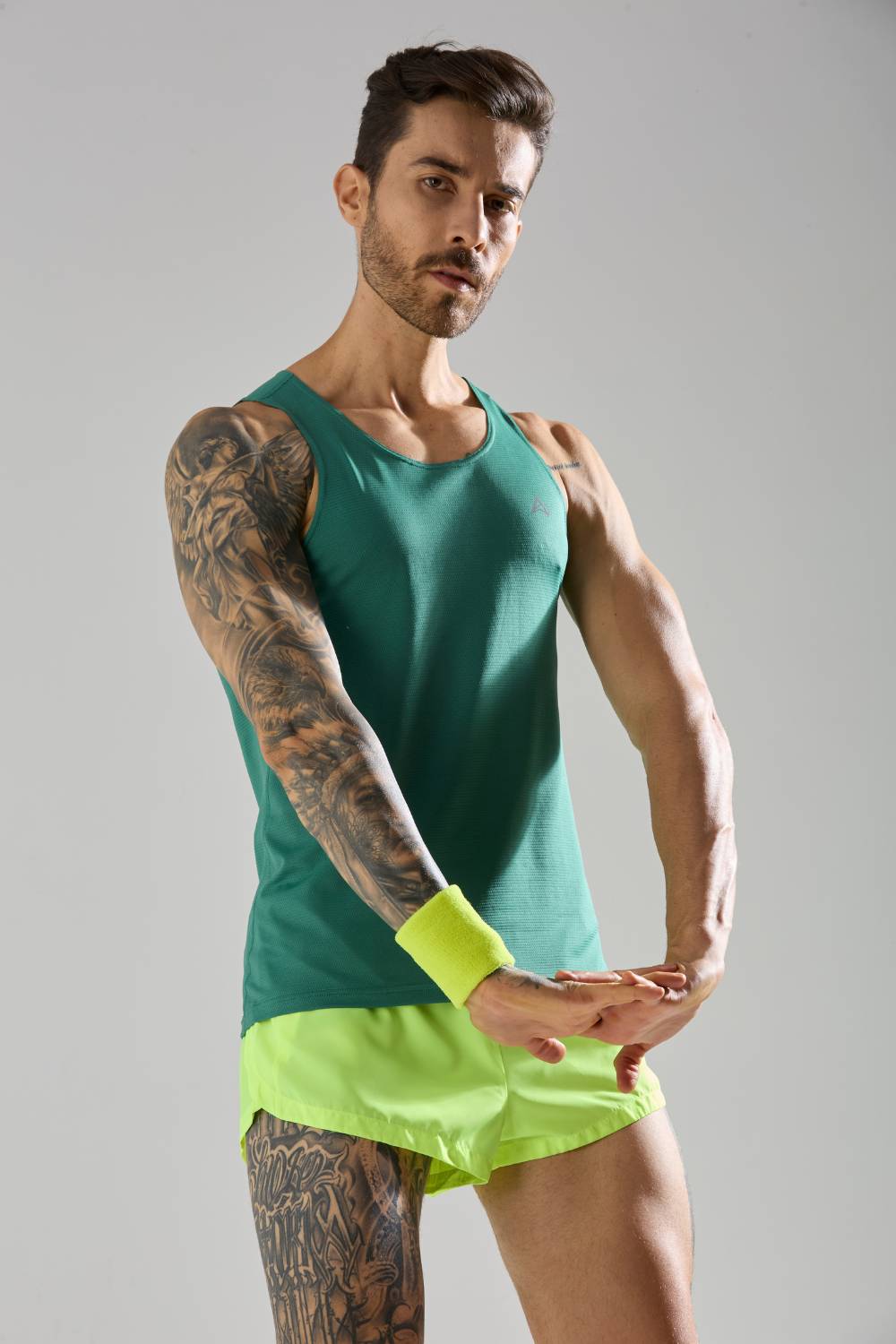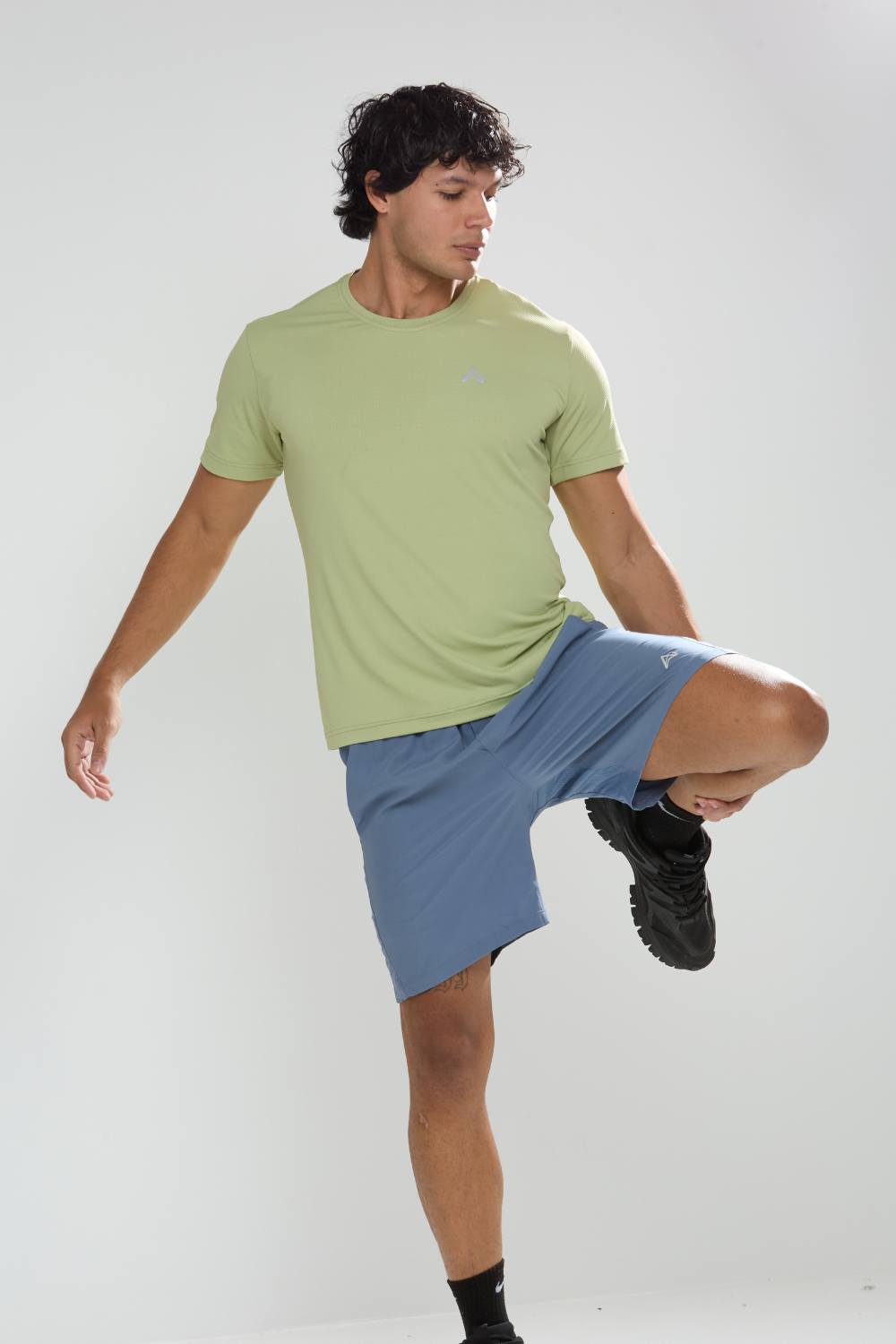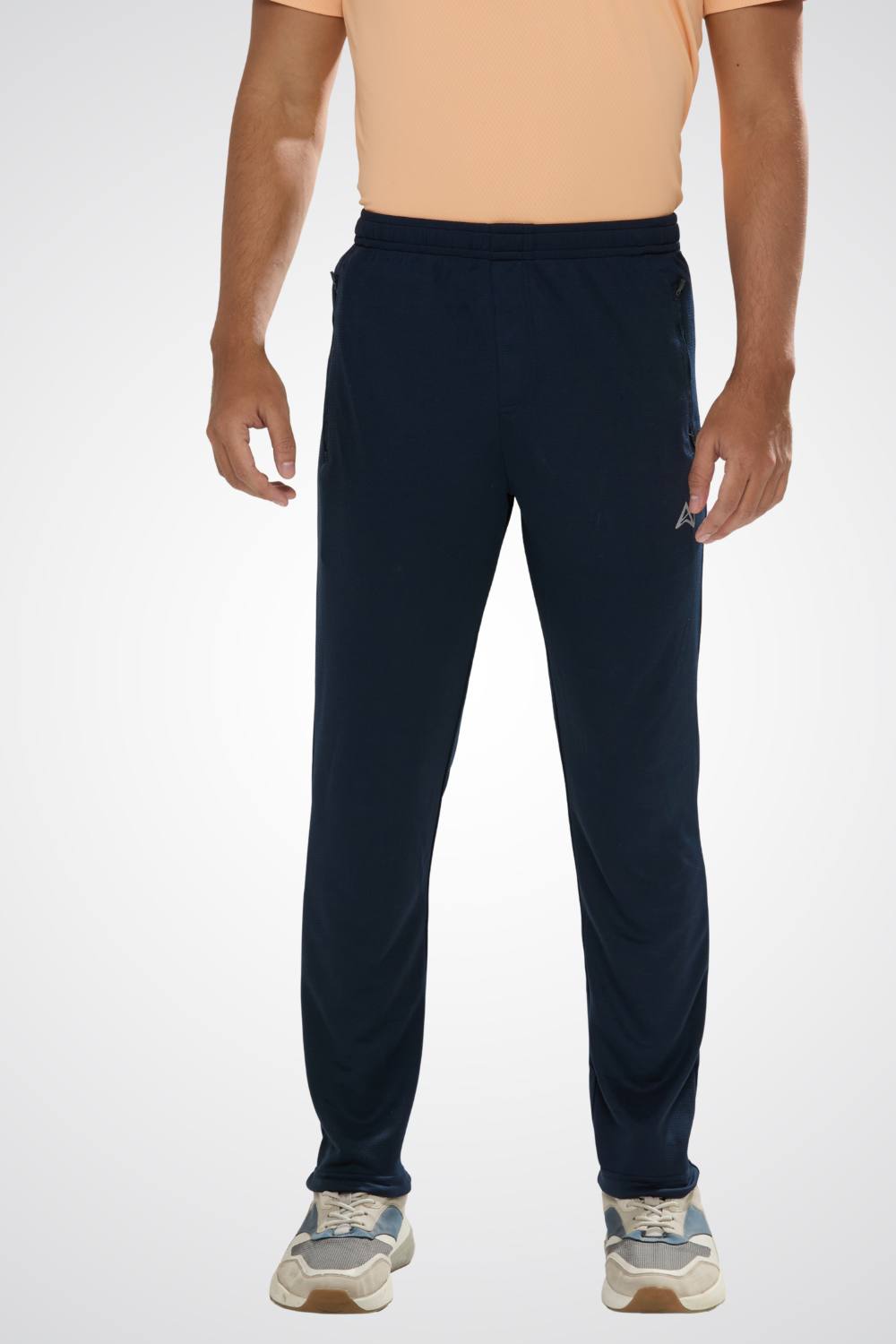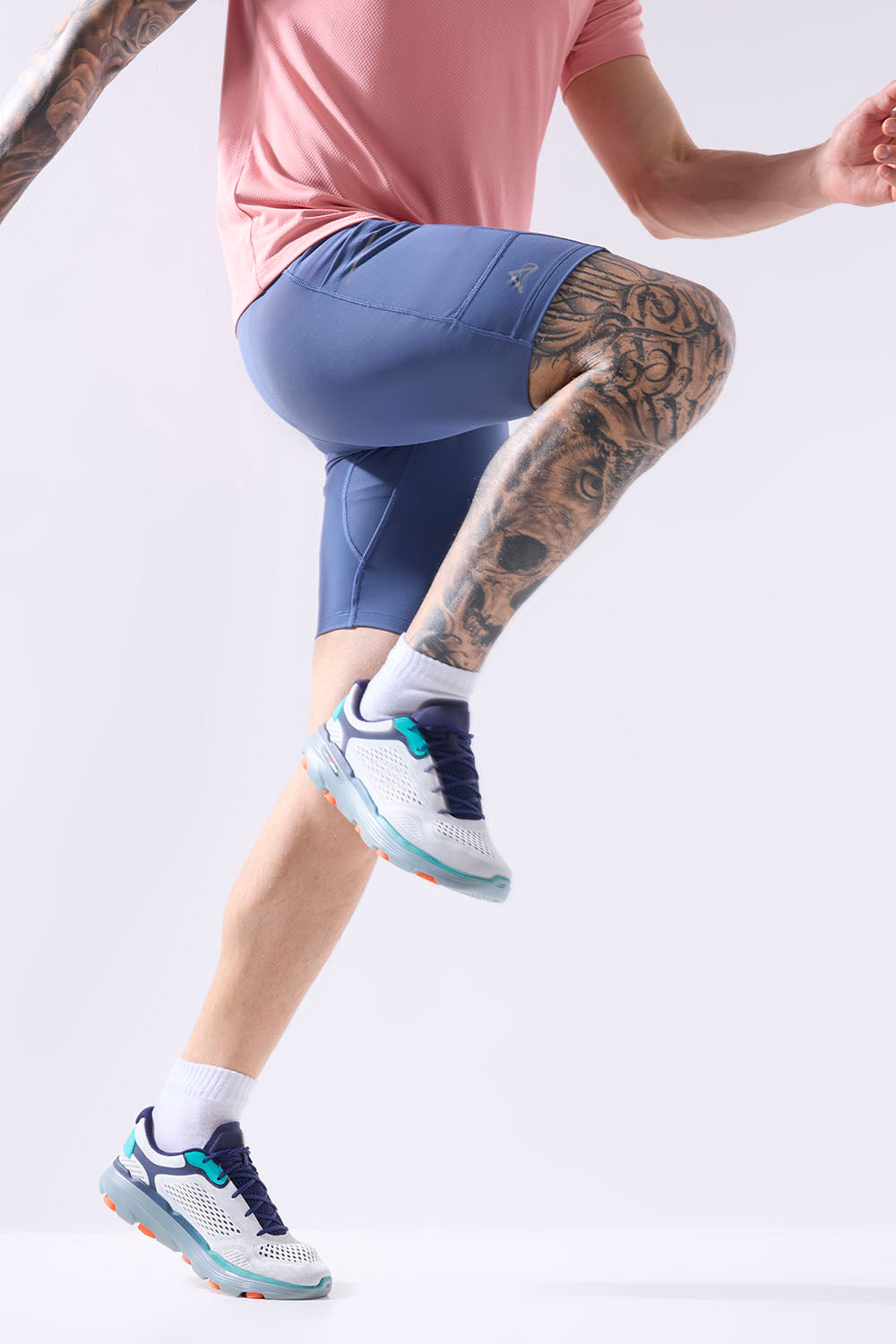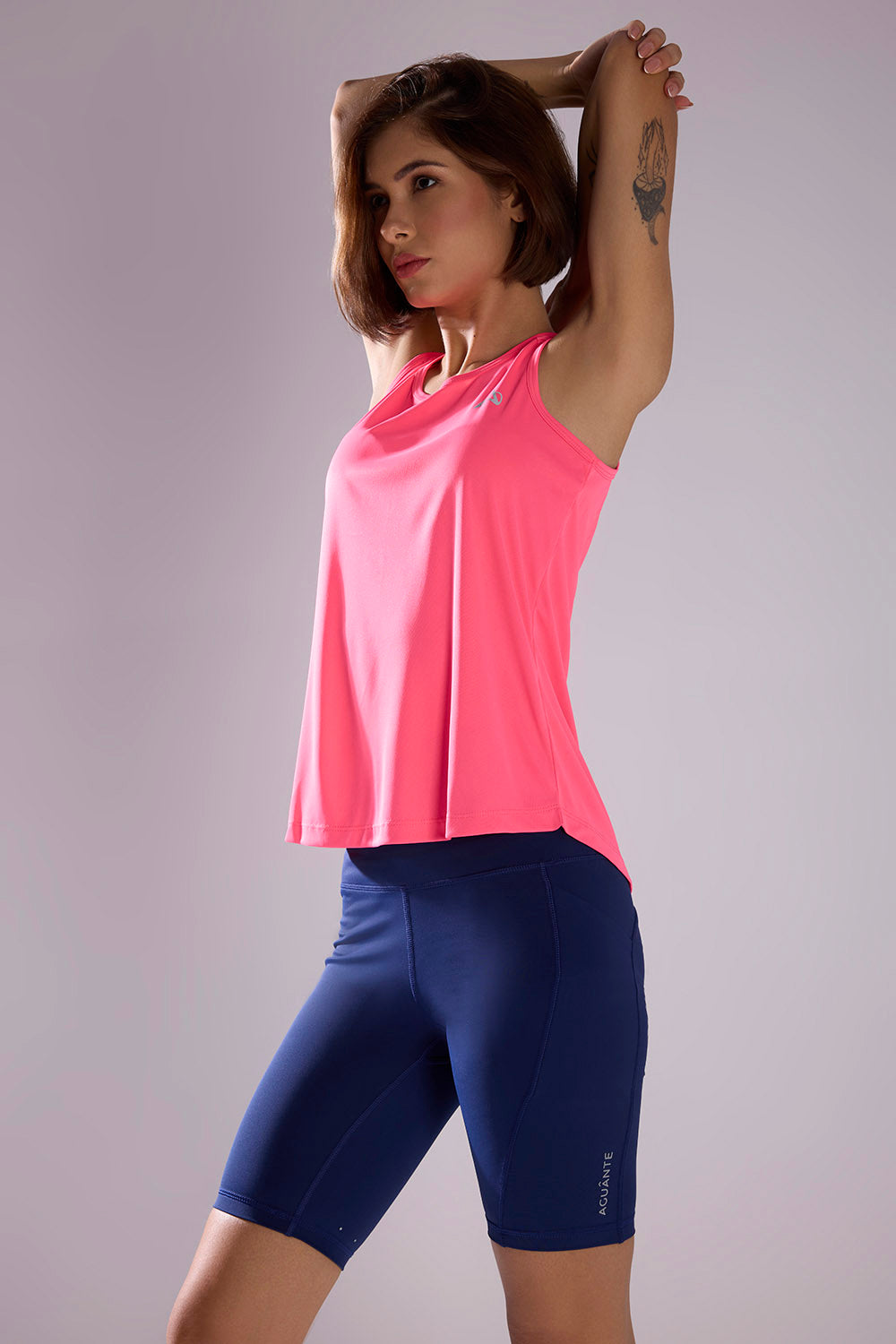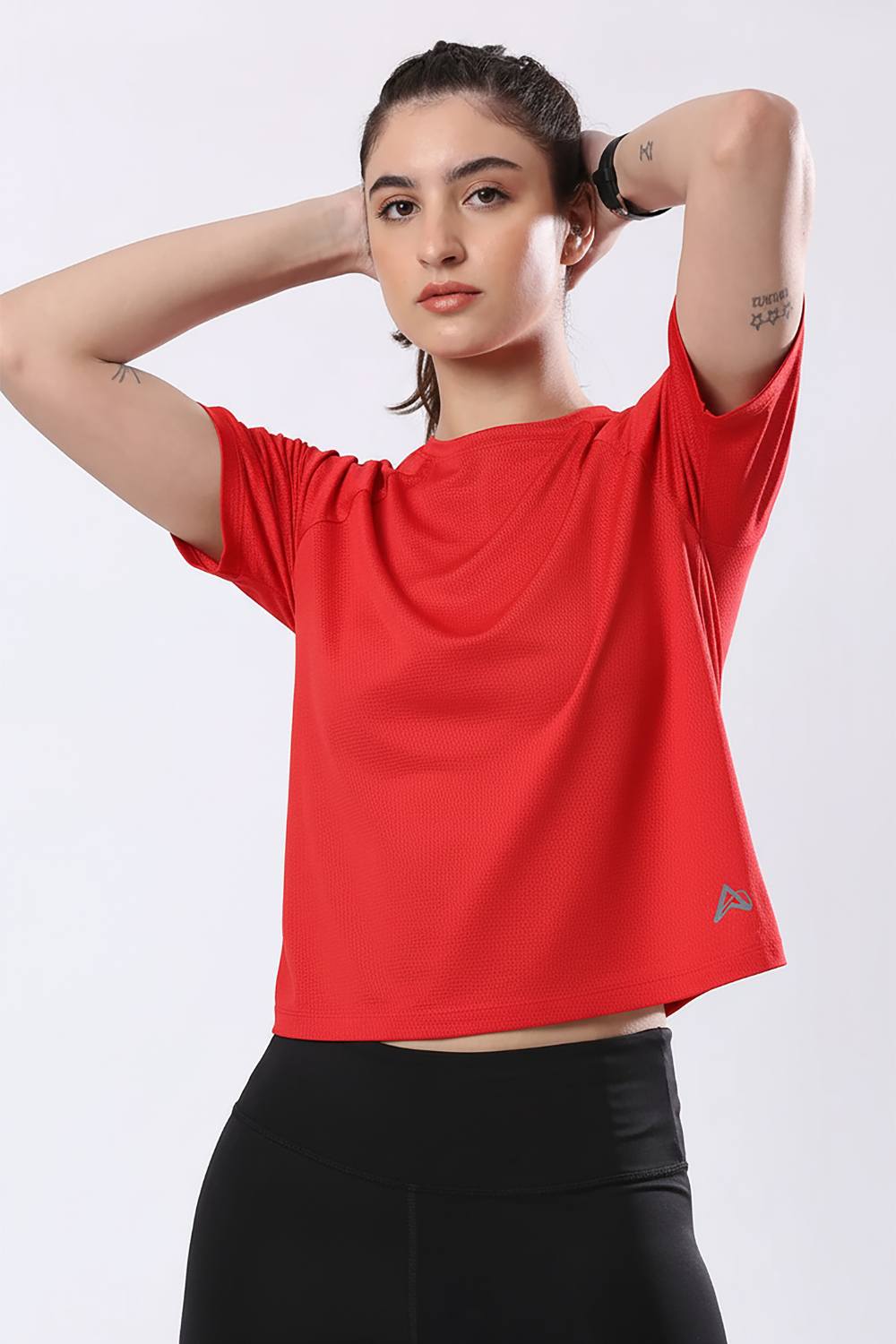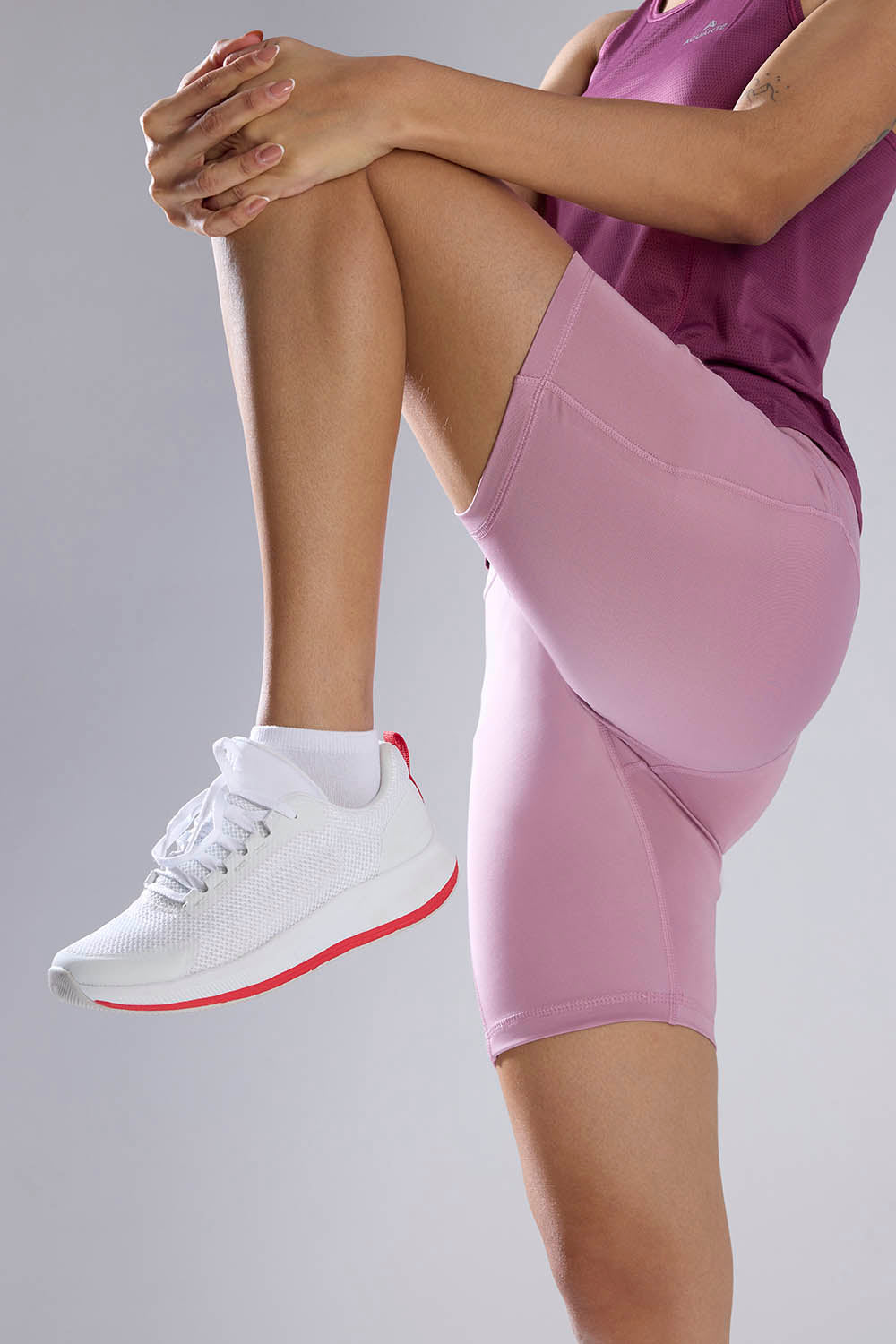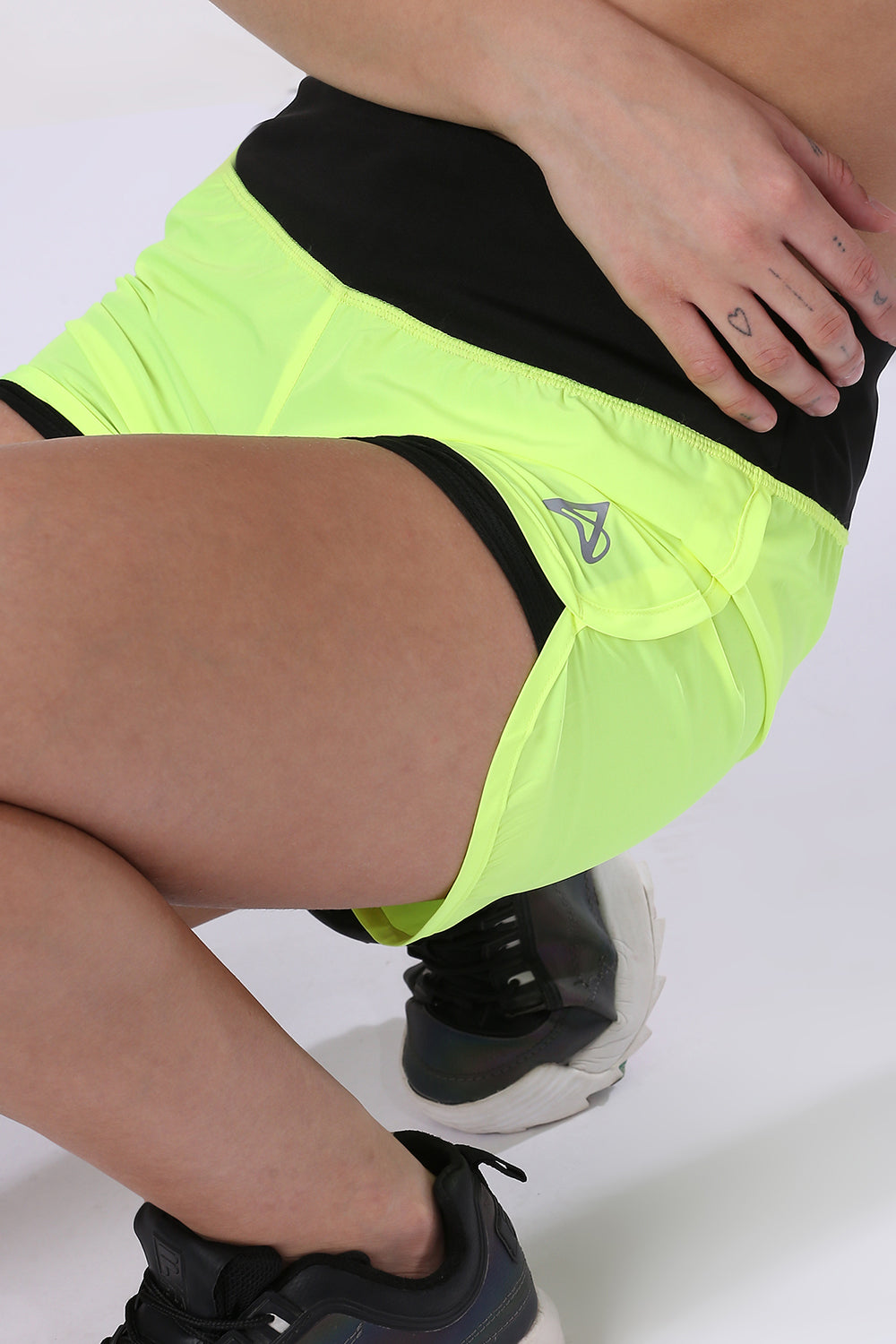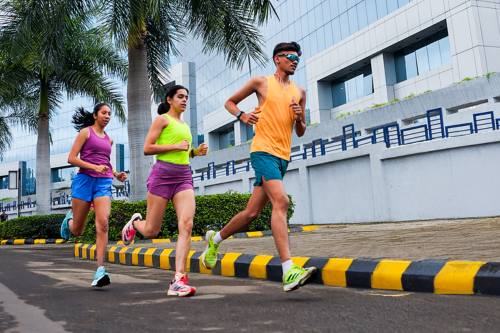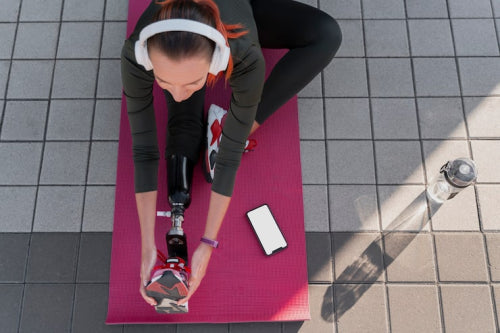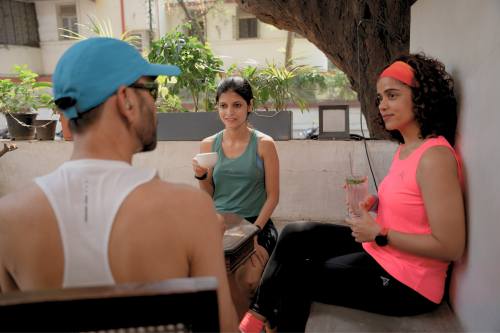The crunch of frost underfoot echoes through a Vermont forest as a runner navigates a chilly dawn trail. Half a continent away, a cyclist in Tucson pedals under a blazing sun, sweat evaporating almost as fast as it forms. Endurance isn't just about stamina; it's about equipping yourself for the climate you face. From the damp Pacific Northwest to the arid Southwest, specialized gear can elevate your performance. The global sports apparel market, valued at USD 211.57 billion in 2024, is set to reach USD 298.06 billion by 2032, growing at a 4.41% CAGR, as brands innovate to meet the demands of diverse environments.
Tired of gear that slows you down? Chafing, soggy fabrics, and missing pockets kill your run's momentum. At Aguante, we're runners who get it. Our high-performance activewear features moisture-wicking fabrics, ergonomic designs, and smart storage to keep you focused. Shop Now!
The Role of Climate-Adaptive Gear
Endurance sports whether running, cycling, or hiking require more than determination. Your apparel must align with the weather, terrain, and intensity of your activity. In frigid regions like Minnesota, where winter temperatures can dip below zero, layered systems with insulating yet breathable fabrics are essential. Materials like merino wool or high-tech synthetics pull moisture away while retaining warmth, preventing the risk of hypothermia during extended workouts. In contrast, the humid Gulf Coast demands gear with superior ventilation to combat overheating. Choosing poorly can mean discomfort, reduced performance, or even injury.
North America, commanding a 39.34% share of the sports apparel market in 2024, drives innovation in climate-specific gear. From sun-protective shirts for California's coast to windproof jackets for Maine's rugged trails, brands are tailoring solutions to regional needs. This focus isn't just about staying comfortable it's about enabling consistent training. Athletes who can push through any weather build endurance more effectively, and specialized gear makes that possible.
Mastering Cold-Weather Endurance
Imagine a skier gliding through Colorado's backcountry, snow swirling around them. Their multi-layer system base, insulating mid-layer, and weatherproof shell keeps them warm without stifling movement. Cold-weather apparel emphasizes insulation and protection from the elements. Fleece-lined leggings and thermal tops with moisture-wicking capabilities are go-to choices for runners and skiers in places like the Northeast or the Rockies. These garments balance heat retention with sweat evaporation, critical for avoiding chills during long sessions.
Technological advancements are transforming cold-weather gear. Fabrics like Polartec Alpha provide lightweight insulation, perfect for high-energy activities like cross-country skiing. In wet, cold climates like Washington state, Gore-Tex jackets offer waterproofing without sacrificing breathability. For extreme conditions, such as those in Montana or Alaska, graphene-infused materials are emerging, evenly distributing warmth across the body. These innovations align with the industry's projected growth from USD 220.35 billion in 2025 to USD 298.06 billion by 2032, reflecting a relentless push to meet cold-weather athlete's needs.
Conquering Heat and Humidity
Shift to a runner in Louisiana, where summer humidity feels like a wet blanket. Lightweight, breathable apparel is critical here. Gear designed for hot climates prioritizes ventilation and sun protection, with mesh-paneled shirts and lined shorts dominating markets in states like Texas or Florida. These designs maximize airflow, drawing heat away from the body while shielding skin from UV rays a necessity in sun-soaked regions.
Moisture-wicking fabrics are a lifeline in humid environments. Advanced polyester blends and technologies like Adidas's AEROREADY or Columbia's Omni-Wick pull sweat from the skin, speeding up evaporation to keep athletes dry. This reduces chafing during long runs or hikes. UV-protective gear, often rated with a UPF of 50, blocks 98% of harmful rays, essential for athletes in Arizona or Southern California. As the sports apparel market grows, these technologies are becoming standard for warm-weather endurance.
Versatility for Mixed Climates
Some regions defy simple categorization. The Mid-Atlantic, with its chilly mornings and warm afternoons, or the Pacific Northwest, with its sudden downpours, demands adaptable gear. Hikers in Maryland's Appalachian foothills rely on convertible jackets with detachable sleeves, while runners in Portland favor packable rain shells that tuck away when the sun breaks through. This flexibility is crucial for athletes facing unpredictable conditions.
Modular apparel systems are gaining traction. Brands offer mix-and-match layers a wicking base, a lightweight fleece, a waterproof shell that adjust to shifting weather. This approach suits endurance athletes training year-round, from soggy spring trails to frozen winter paths. The market's upward trajectory, expected to hit USD 298.06 billion by 2032, highlights the demand for such versatile solutions, ensuring athletes can adapt without missing a beat.
Inclusive Design for All Athletes
The sports apparel industry, catering to men, women, and children, recognizes that endurance athletes come in all forms. Women's gear often features tailored fits with targeted ventilation, like breathable panels along the spine. Children's lines prioritize durability and flexibility for activities like trail running or soccer. Men's apparel leans toward rugged designs for pursuits like mountaineering. This inclusivity, reflected in the market's 4.41% CAGR through 2032, ensures that every athlete, regardless of age or gender, can find gear suited to their climate and sport.
A Lasting Impact
Endurance is forged through persistence one trail, one ride, one summit at a time. But your gear is more than equipment; it's a catalyst for progress. Whether you're battling Wyoming's winter winds or Florida's relentless sun, the right apparel empowers you to train harder and longer. With the sports apparel industry poised to reach USD 298.06 billion by 2032, innovation continues to redefine what's possible. So, as you gear up for your next challenge, consider the climate you're up against. The right outfit isn't just a choice it's your edge.
Frequently Asked Questions
What type of gear is best for cold-weather endurance training?
Cold-weather endurance gear should focus on a multi-layer system that includes a moisture-wicking base layer, an insulating mid-layer like fleece, and a weatherproof outer shell. Materials such as merino wool, Polartec Alpha, and Gore-Tex provide warmth while managing sweat and blocking wind and moisture. For extreme conditions in regions like Alaska or Montana, graphene-infused fabrics offer advanced heat distribution to keep athletes comfortable during extended outdoor sessions.
How does sports apparel help with endurance training in hot and humid climates?
In hot and humid environments, endurance apparel prioritizes breathability, moisture-wicking, and sun protection to prevent overheating and skin damage. Lightweight fabrics with mesh panels maximize airflow, while advanced technologies like AEROREADY and Omni-Wick pull sweat away from the skin for rapid evaporation. UV-protective gear with UPF 50 ratings blocks 98% of harmful rays, making it essential for athletes training in sun-intense regions like Arizona, Texas, or Florida.
What should I look for in endurance gear if I live in an area with unpredictable weather?
For regions with variable conditions like the Pacific Northwest or Mid-Atlantic, choose versatile, modular gear that adapts to changing weather throughout the day. Key items include convertible jackets with detachable sleeves, packable rain shells, and mix-and-match layering systems that combine wicking base layers, lightweight fleece, and waterproof outer shells. This flexibility allows you to adjust your outfit quickly without interrupting your training, whether you're facing morning chill, afternoon warmth, or sudden rain.
Disclaimer: The above helpful resources content contains personal opinions and experiences. The information provided is for general knowledge and does not constitute professional advice.
You may also be interested in: Women Coaches Expand Role in Indias Running Ecosystem
Tired of gear that slows you down? Chafing, soggy fabrics, and missing pockets kill your run's momentum. At Aguante, we're runners who get it. Our high-performance activewear features moisture-wicking fabrics, ergonomic designs, and smart storage to keep you focused. Shop Now!
Powered by flareAI.co


